Good Morning Sewers! How are we? It’s Jo here, writing from a café in beautiful Argentinian Patagonia. Marina sent me a very detailed guide on how to choose the right knit fabric for your romper so I have turned this into a handy blog for you. Let me know how you get on. This guide will come in very handy for our new ‘Lollipop’ Baby Romper which is now live! You can find the Lollipop Baby Romper here. It includes a step-by-step video instructions to take you through each part so if you’re a beginner it will still be a breeze!
This is part of the new ‘Baby Collection’ which we are bringing out for spring. I’m so excited about this collection. Marina has been working on it for months to make sure they are perfectly drafted and it will include trousers, sweatshirts, pinafores, dungarees and more. Those of you who have already purchased Marina’s patterns you know how well fitting they are and how detailed the instructions are so naturally they are taking a while to perfect (I think it’s her background as a tailor, she’s a perfectionist!).
I love working with knit fabrics because their stretchiness makes them more forgiving than woven fabric. They’re also ideal for those of you who don’t have access to an overlocker or serger as knit fabrics don’t fray. However, it’s important to choose the right knit fabric for your project or it may well be more trouble than it’s worth!
In this post I’ll show you how to choose the right fabric based on its stretch, fiber content, the kind of knit, and fabric weight. Plus some suggestions on where to buy your fabric (let me know your favourites and I’ll add them for everyone else!).
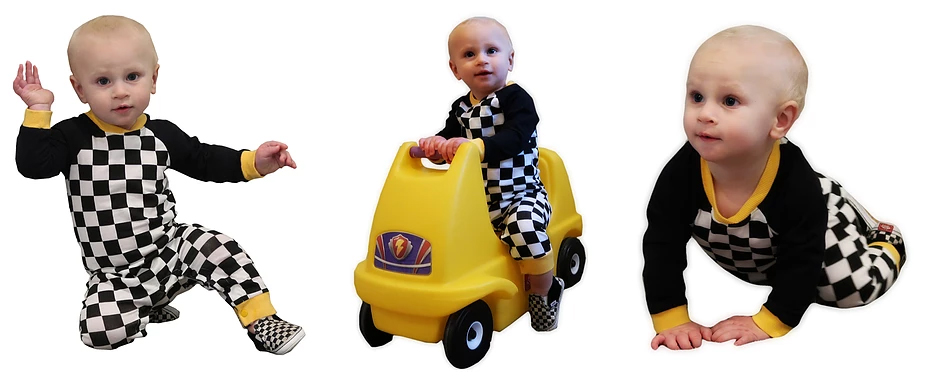
Stretch
Babies like to move, so rompers have to withstand a lot of movement and need to be comfortable. It’s therefore really important to consider the stretch of the fabric. Most knit fabrics stretch widthways only (a two way stretch), whereas some stretch both widthways and lengthways (a four way stretch).
For our new Baby Romper Pattern, you’ll ideally want a fabric which stretches both widthways and lengthways – a four way stretch. However, a simple two way stretch fabric will be fine (as it will for any romper with cuffs). Remember that knit fabric naturally gains stretch through the process of knitting, so even two way stretch fabrics will have a small amount of lengthway stretch.
So how much stretch does the fabric need? For a romper, I’d suggest a 25% widthway stretch. This means that you should be able to stretch a 10cm (4”) piece to 12.5cm (5”).
Fiber Content
Fiber content is important for the recovery of a fabric (that’s the way a fabric returns to its original shape after stretching). Natural fibers are always the best choice for children’s clothes – they’re comfortable, wash well and don’t cause static build-up, which can cause discomfort.
However, natural fibers are generally not very stretchy. Although wool has stretch, it’s clearly not a good choice for a practical garment like a romper. Other natural fibers like cotton and bamboo don’t have good recovery, so will lose their shape with a few washes. Just think of the fate of your old t-shirts and you’ll know what I mean.
So to help the fabric return to its original shape after wear and wash, you’ll want a fabric with a small amount of synthetic fiber. The most commonly used manmade fibers are Elastane, Spandex and Lycra, and for a romper you’ll want a synthetic fiber content of 3-5% to add durability and stretch to the fabric.
Remember, the best way of finding the right fabric is always to test its stretch in the shop. Give it a good stretch and see if it returns to its original shape. If not, move on, no matter how cute the print!
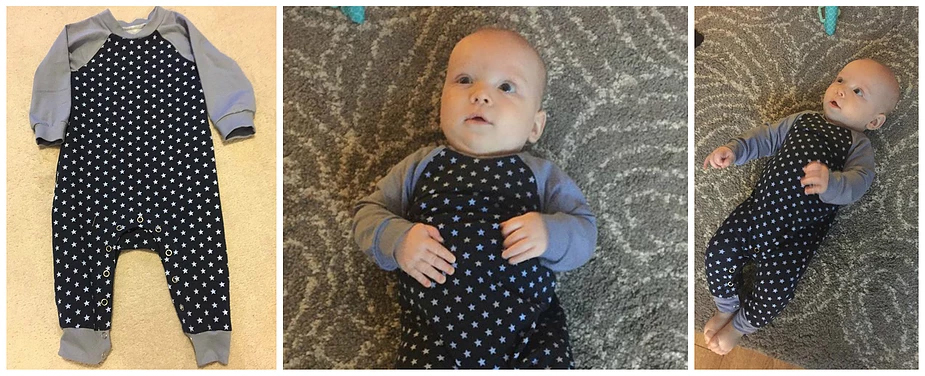
Kind of Knit

Basic knit fabrics are pretty much just like hand knitting, only finer. The knit has horizontal loops on the back, and vertical ribs on the front.
This kind of fabric will work fine for a romper, but the absolute best knit is the interlock.
Interlock is the ‘Jack of all trades’ in fabrics. It is great for everything that requires a stable knit, from cardigans to rompers. It is double sided and usually heavier in weight. Get this fabric and you will love it!
Interlock gets its name from the fact that one yarn literally moves from one side of the fabric to the other. It is a more expensive fabric but it does make all the difference.
No edge will ever roll up with an interlock fabric!

Fabric Weight
Another important thing to consider is fabric weight. This is measured in ounces per square yard in the USA, and grams per square metre (GSM) elsewhere.
For baby rompers you are looking for lightweight or medium weight fabric. It’s always best if you can actually go into the shop and feel the fabric, but if you can’t, here are the numbers:
Very lightweight = 0 – 3.4 oz/yd²
Lightweight = 3.5 – 5.9 oz/yd²
Medium Weight = 6 – 7.9 oz/yd²
Medium/Heavyweight = 8 – 9.9 oz/yd²
Heavyweight = 10 – 11.9 oz/yd²
Very Heavyweight = 12 – 25 oz/yd²
So for a romper, you want a weight of 3.5 to 7.9 oz/yd² (around 120 – 270 GSM).
Where to buy your fabrics
A warning! Sometimes fabric shops use fillers on their fabrics which wash out, meaning that you are left with a limp and lifeless garment and a big waste of time and money. To avoid this, do try to get a fabric with some synthetic properties as this makes it less likely.
Here are a couple of my favourite fabric choices.

https://www.hawthornesupplyco.com/
https://www.fabric.com/
https://www.fabricworm.com/
And that is all for today folks! I hope this has answered any questions you had about knit fabrics. This guide should tell you everything you need to know about choosing the right fabric for our Baby Romper Pattern which you can find in the shop here.
Let us know in the comments how you found it and join our Facebook group here for advice, support and exclusive offers on our patterns.
Views: 1824

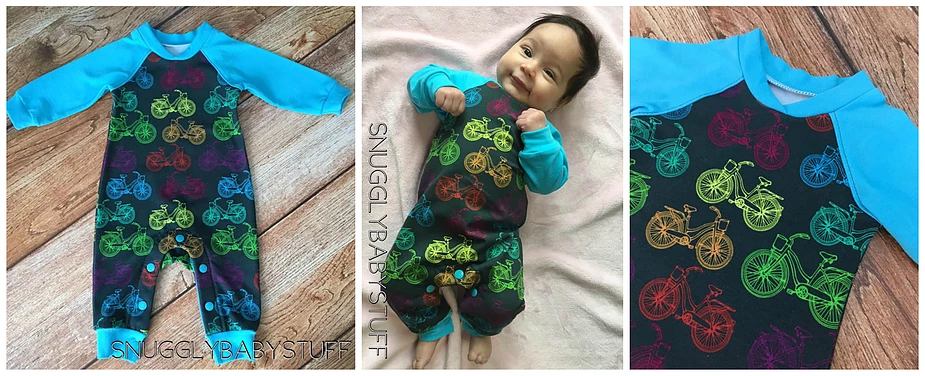
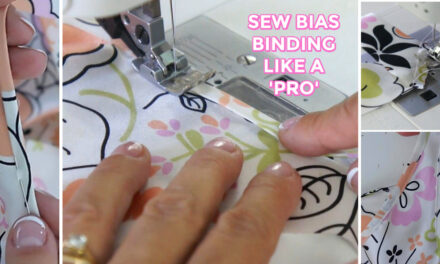
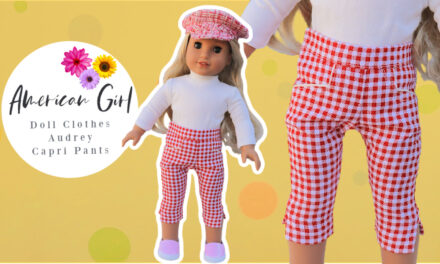



Recent Comments